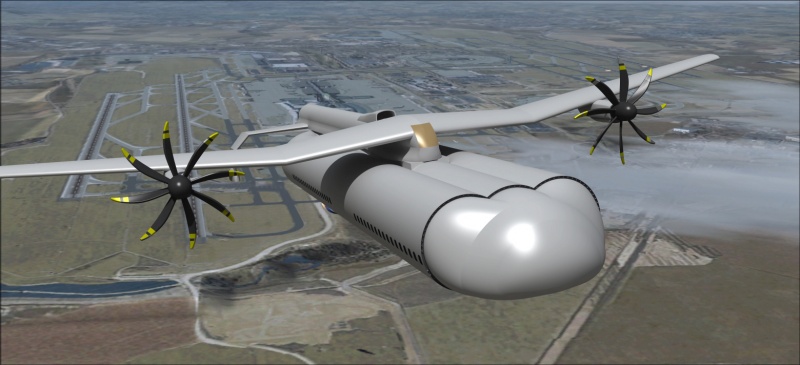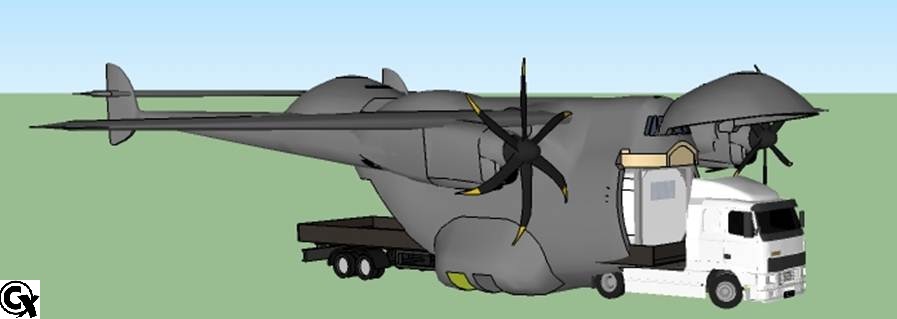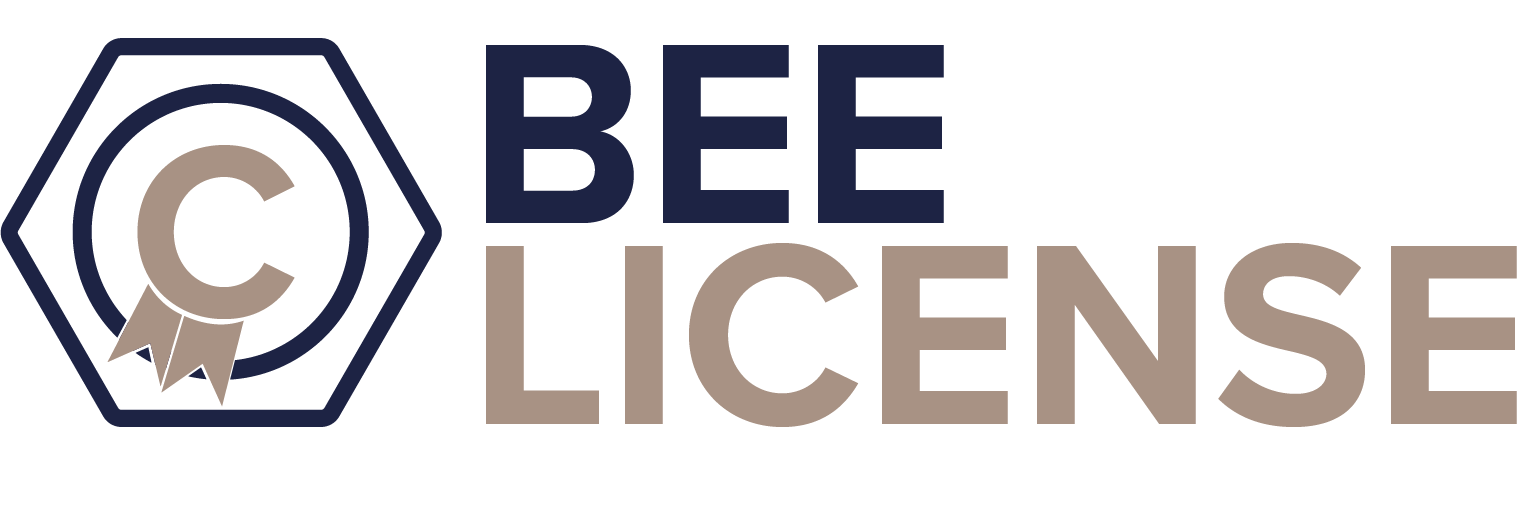Lesser Open Bee License 1.3
Download text of the License
Step 1 – Download License
License is made for coordinator to develop project and allow participants to include associated works. It was originally developed and used for Bee-Plane project. It has been made public in order to develop community of open source projects within industry. Aeronautical players are not used to have open source projects. Open Source is now common in IT projects. We try to make it more common. A previous 1.2 version was used in 2012.
Step 2 – Sign License
Please download license, read-it and understand it. Then download form, fill it and sign it. Thanks!
Aeronautical R&D Projects under Lesser Open License 1.3
Bee-Plane TM

This project is using Bee-License 1.3 since 2013 and used 1.2 in 2012. First TRL is now achieved. In the first year, four universities have contributed to project. Project is in TRL2 in 2019.
Mini-Bee TM

Mini-Bee project started in January 2015. Active phase is TRL3. More than ten university are currently working on Mini-Bee project under Lesser Open Source License. Industrial partnerships have started.
ISO-Plane TM

ISO-Plane is a new patented project using Lesser Open Bee License. First Participants are Engineering schools and Technical Companies interested in the project. Project is now using Lesser Open Bee License 1.3. In 2012, Tasks were managed with Lesser Open Bee License 1.2
Supply Chain Projects under Lesser Open License 1.3
Project: www.inventorybigdata.com
Tools available on the website for download are using Lesser Open Bee License 1.3
Develop Lesser Open Source in Industry
- Develop Open Source and Lesser Open Source in Industry, especially in aeronautical industry
- Use Lesser open source type license on projects with high level of investments and extended consortium
- Help creation of communities on technical projects (universities, technical firms, industrials)
Achieve High Level Innovative Projects
- Initiate new technologies and open innovation by sharing projects
- Participate to the development of Bee-Plane, mini-bee and related Projects
Develop Supply Chain IT Tools
Spread tools and supply chain methodology by sharing knowledge
What is a lesser open source license?
The main advantage of “lesser” open source licenses for industrial projects is that they provide more freedom and flexibility to use, modify, and distribute the software, which can lead to wider adoption and greater potential for impact within the industry.
These include licenses such as the BSD 3-Clause License, the MIT License, and the Apache License 2.0. They allow wide reuse with minimal constraints, typically without requiring distribution of modified source code.
In contrast, stronger licenses like the GNU GPL mandate open sourcing of derivative works. Lesser licenses encourage industrial uptake by minimizing legal obligations.
Why you should join a collaborative project?
- Access to new markets and customers
- Sharing of resources and expertise
- Innovation and problem-solving
- Risk management
- Enhanced reputation and credibility
What are Technology Readiness Levels (TRLs)?
- TRL 0: First design and project idea
- TRL 1: Basic principles observed
- TRL 2: Concept/application formulated
- TRL 3: Proof-of-concept
- TRL 4: Lab validation
- TRL 5: Relevant environment validation
- TRL 6: System/subsystem demonstration
- TRL 7: Prototype demonstration in space
- TRL 8: System flight qualified
- TRL 9: Flight proven in mission
Why implement a collaborative project in early stage of product design?
- Improved communication and teamwork
- Enhanced creativity and innovation
- Reduced risk and uncertainty
- Increased competitiveness
Conclusion & Vision
BeeLicense.com fosters innovation by allowing participants to incorporate associated works into projects under the Lesser Open Bee License. It supports transparent collaboration and IP respect.It provides a collaborative space with selective privacy and a balance between open innovation and confidentiality, engaging stakeholders like universities, research labs, and private entities.BeeLicense.com powers projects like Bee-Plane and Mini-Bee, guiding them through TRLs with collective expertise and resources.Future plans include new features, better tools, and a growing community across various industries.Join us to shape collaborative project management under a flexible legal and innovation framework.

